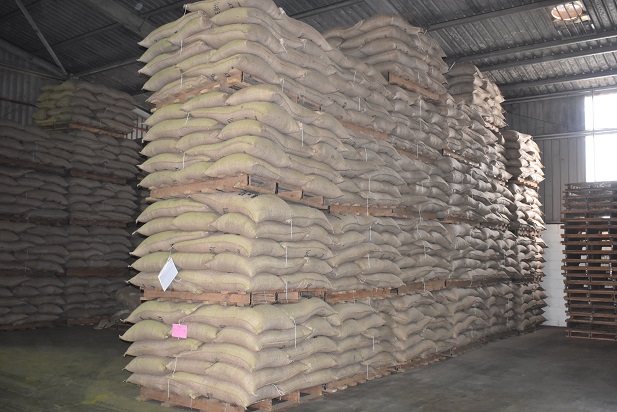Ronald Muyanja, the Head of Trading at Stanbic Bank Uganda
The Stanbic Purchasing Managers’ Index (PMI) rose to 53.9 in April from 51.9 in March on account of further improvement in private sector output and new orders as demand strengthened, helping generate new jobs.
Readings above 50.0 mean improvement in business conditions on the previous month while readings that are below 50.0 show deterioration—the Stanbic PMI covers the agriculture, industry, construction, wholesale & retail, and service sectors.
Ronald Muyanja, the Head of Trading at Stanbic Bank Uganda said, improving customer numbers enabled companies to secure greater volumes of new business at the start of the second quarter, in turn feeding through to higher activity.
“April saw output rise across each of the five sectors covered by the survey—a surge in new orders encouraged companies to expand their staffing levels and purchasing activity in April, with the latter also translating into higher inventories,” he said.
However, agriculture was the only category to buck the wider trend and post a fall in employment, according to analysis of data collected monthly from about 400 respondents in Uganda’s private sector.
Sustained recovery
Ferishka Bharuth, Economist—Africa Regions at Stanbic Bank said the recovery in April compared to a month earlier marked the ninth consecutive month of improvement in business conditions.
“This was despite the rising input costs mainly driven by fuel prices in April. Again, businesses passed on higher input costs to customers, which resulted in a monthly increase in output charges,” she said.
Meanwhile, rising new orders encouraged companies to expand their purchasing activity at the start of the second quarter. Input buying increased for the seventh consecutive month, with growth broad-based across the monitored sectors.
April data pointed to a further rise in new business at the start of the second quarter with rise in new orders recorded in each month since August last year, with the exception of the construction sector which recorded a reduction in new business.
Price surge anxiety
There were widespread reports of higher fuel costs contributing to rising input prices in April. In addition, cement, iron bars, paper, soap, sugar, and other foods were often mentioned as having increased in price.
As has been the case in each of the past nine months, purchase prices rose in April.
Respondents signaled higher costs for a range of items, including cement, foodstuffs, fuel, iron bars, paper, soap, and sugar. Close to 40% of respondents noted a rise in purchase prices over the month.
Staff costs rose—linked to higher workforce numbers. The passing on of higher input costs to customers resulted in a further monthly increase in output charges, the eighth in as many months. Selling price inflation was recorded across each of the five monitored sectors.
In response to a further increase in input costs, firms raised their own selling prices again in April, a trend noted in each of the past eight months, with the latest round of inflation broad-based across the five monitored categories.
Expectations of further improvements in customer numbers and new orders supported confidence in the 12-month outlook for business activity, though some respondents indicated that optimism was dependent on the costs of fuel and other inputs abating.
Sponsored by Stanbic Bank and produced by S&P Global, the survey has been conducted since June 2016 with the Headline PMI providing an early indication of operating conditions in Uganda’s economy.
It is a composite index, calculated as a weighted average of five individual sub-components: New Orders (30%), Output (25%), Employment (20%), Suppliers’ Delivery Times (15%) and Stocks of Purchases (10%).






